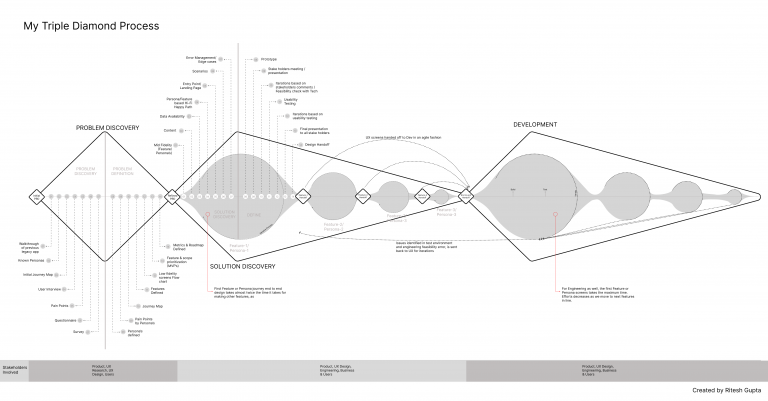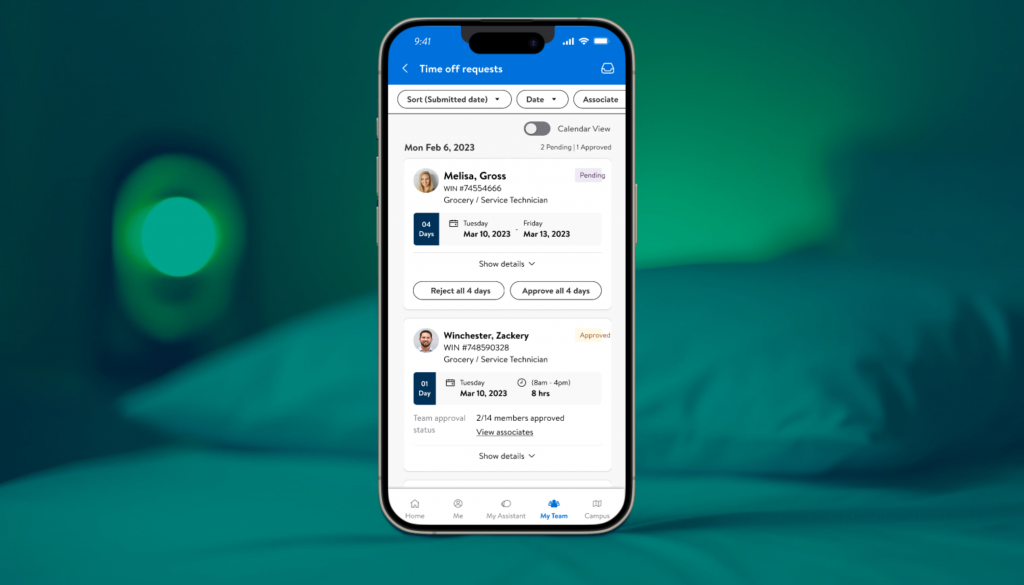
Overall Design Process Infographic
Imagine the daily grind of a Walmart store manager. They juggle tasks, manage schedules, and ensure smooth operations – all while navigating a mountain of time-off requests (TORs). This case study chronicles my journey, a UX professional, in tackling this challenge and streamlining the TOR approval process.
The Initial Maze: A Limited Roadmap
We began with a Product Requirements Document (PRD) – the supposed map for the project. But as the expert warned, PRDs can be deceiving. This one offered a limited view, lacking crucial details like user scenarios, success metrics, and a clear understanding of the true pain points. It was like staring at a blurry map, unsure of the terrain ahead. Existing information relied on outdated screenshots and offered no user research data. It felt like the product team simply wanted a mobile version of the existing system, assuming that would solve everything.
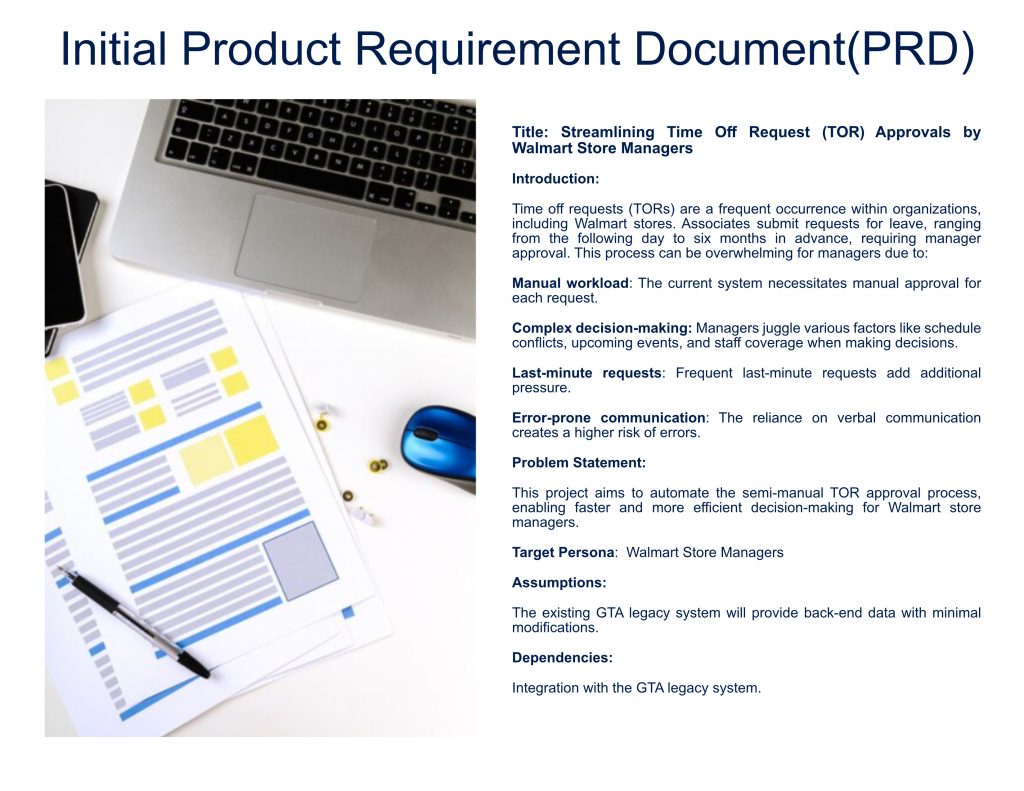
Embracing the Unknown: Unveiling User Needs
This limited information sparked a crucial decision – a user-centered approach. Assembling a dream team of UX designers, researchers, and product experts, we embarked on a mission to uncover the true challenges faced by store managers.
Open-ended Interviews: We conducted in-depth interviews with 10 associates from diverse backgrounds. These conversations became a treasure trove, revealing frustrations with the manual workload, the lack of transparency in the approval process, and the pressure of handling last-minute requests.

Visualizing the Journey: We created a preliminary flowchart and journey map of the existing system. This initial map, though incomplete, helped us understand the user flow and formulate interview questions.

Time-off requests (TORs) are a routine part of any organization, but in fast-paced retail environments like Walmart stores, managing them can be a significant challenge. Associates submit requests ranging from the next day to six months in advance, requiring approval from store managers.
This process is often overwhelming due to:
- Manual workload: Managers must manually review and approve each request.
- Complex decision-making: Factors like staff scheduling, upcoming events, and ensuring adequate store coverage complicate the decision process.
- Last-minute requests: Frequent short-notice requests add unexpected pressure.
- Error-prone communication: Relying solely on verbal communication increases the risk of errors.
This case study explores the development and implementation of a solution to automate the TOR approval process for Walmart store managers. The objective is to streamline the workflow, minimize manual effort, and empower managers to make informed decisions faster, ultimately improving operational efficiency.
Initial Hurdles:
Limited Requirements: The starting document (PRD) lacked crucial details like user scenarios, success metrics, process maps, and well-defined goals. Existing information included outdated screenshots and no usability data. And it was hard to find out the real pain points and the objective of that project. It seemed all Product wanted was to have a mobile version of the TOR experience and they were expecting all problems would be solved doing that. Below is a small part of the actual PRD:
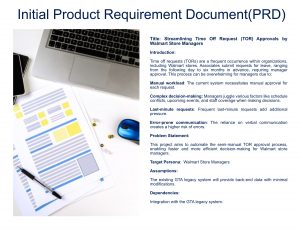
Addressing the Gaps: User Research Takes Center Stage
It was clear from the PRD that some crucial information was missing including the pain points. It was also evident that no research was conducted to find out from actual user the real pain points. This prompted me to follow a comprehensive user-centered approach. This involved:
- Assembling a Team: UX designers, researchers, and the product team collaborated closely.
- Understanding the System and User Experience:To gain a deeper understanding of the legacy system and identify potential user pain points, we took the following steps:
a) Flowchart Creation: We created an initial flowchart of the current application/system. This flowchart provided a visual representation of the process flow, aiding in Understanding the system(It helped us grasp the functionalities and interactions within the system) and Formulating interview questions (The flowchart served as a reference point during user interviews, allowing us to ask relevant and specific questions about their experience)
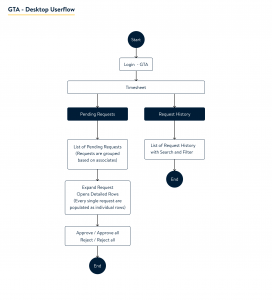
b) Journey Map Development: We also created a preliminary journey map. This map visually depicted the user’s experience while interacting with various products within the system, highlighting potential pain points encountered throughout the process.
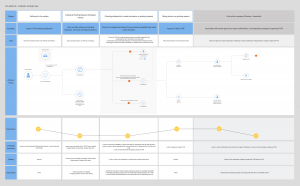
3. Identifying User Needs and Pain Points:
Through the initial flowchart and user journey mapping, we gained valuable insights into the current system and user experience. However, some aspects remained unclear, prompting further exploration. Open-ended interviews were conducted with 10 individuals from diverse age groups, demographics, and Walmart experience levels. These interviews aimed to:
- Uncover hidden needs: Explore scenarios where the existing product lacked solutions.
- Identify pain points: Gain a deeper understanding of user frustrations and challenges.
While the sample size was limited to 10 participants, the interviews yielded a comprehensive list of potential pain points. To ensure broader validation, we conducted a subsequent survey to quantify the identified issues. This multi-step approach aimed to confirm that the pain points were not specific to the interviewed individuals but rather representative of common challenges faced by the wider Walmart store associate population.
Key Findings:
The Product Requirements Document (PRD) fell short of capturing the full scope of user challenges. Users experienced significant frustration due to the manual nature of the process, a lack of end-to-end visibility, and an overly complex approval system. Here are some of the key findings
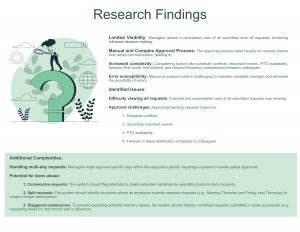
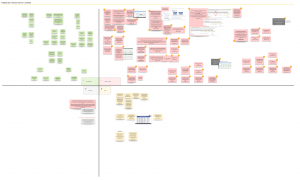
Building a Strong Foundation:
- Refining the Customer Journey Map: Having identified user pain points through research, we proceeded to update the customer journey map. This revised map incorporates the identified pain points alongside the existing touchpoints to visualize the user experience more comprehensively.
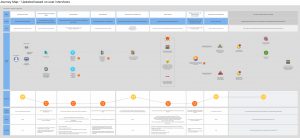
- Prioritization: Pain points were categorized and ranked based on severity and user impact. We considered several aspects including feasibility, time frame, level of efforts and resources required, and business priority to get some initial prioritization.
- Metrics Definition: Relevant metrics like time saved and user satisfaction were established to gauge the app’s success.
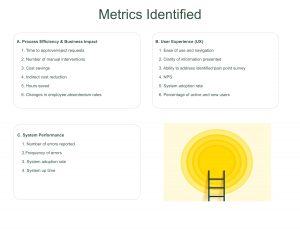
Design Thinking in Action:
- Personas: User personas representing different associate profiles were developed.
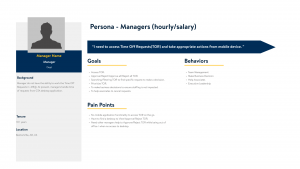
- Rough-Fidelity Prototypes: Basic prototypes without visuals were created to estimate screen requirements, design effort, and content needs.
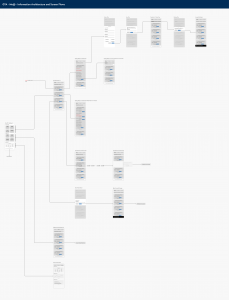
Benefits of Rough-Fidelity Prototypes:
- Early Alignment: Stakeholders received a clear understanding of the proposed design direction.
- MVP Definition: Key functionalities for the Minimum Viable Product (MVP) were prioritized.
- Agile Planning: Prototypes aided in planning development iterations and user story creation.
- Usability Testing: Initial user feedback helped refine the design and validate the approach.
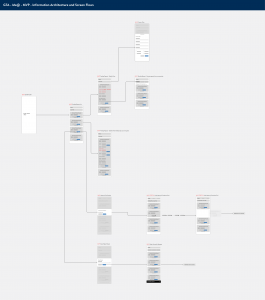
Further Refinement and Handoff:
- High-Fidelity Prototypes: More detailed prototypes with visuals were created.
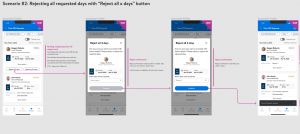
- Content Collaboration: Close collaboration with content writers ensured clear and concise messaging.
- Accessibility: WCAG compliance was prioritized throughout the design process.
- Detailed Handoff: Figma files with comprehensive instructions were provided to the development team.
Ensuring Flawless Execution:
- Visual Quality Assurance (VQA): A dedicated team meticulously examined every screen in the live development environment.
- Attention to Detail: Pixel-perfect inspection ensured alignment with design specifications.
- User Flow Testing: All functionalities, including error states and edge cases, were thoroughly tested.
- Open Communication: Continuous communication with developers bridged any gaps and ensured the final product matched the design vision.
Conclusion:
By adopting a user-centered approach, this project addressed critical user needs and delivered a significantly improved clock in/out experience for Walmart associates.
